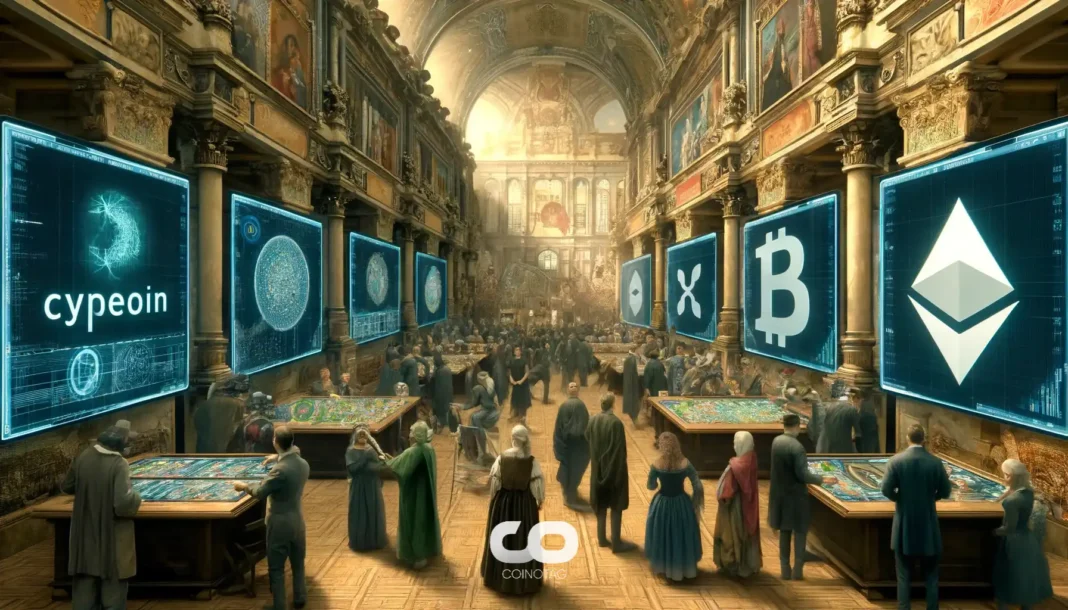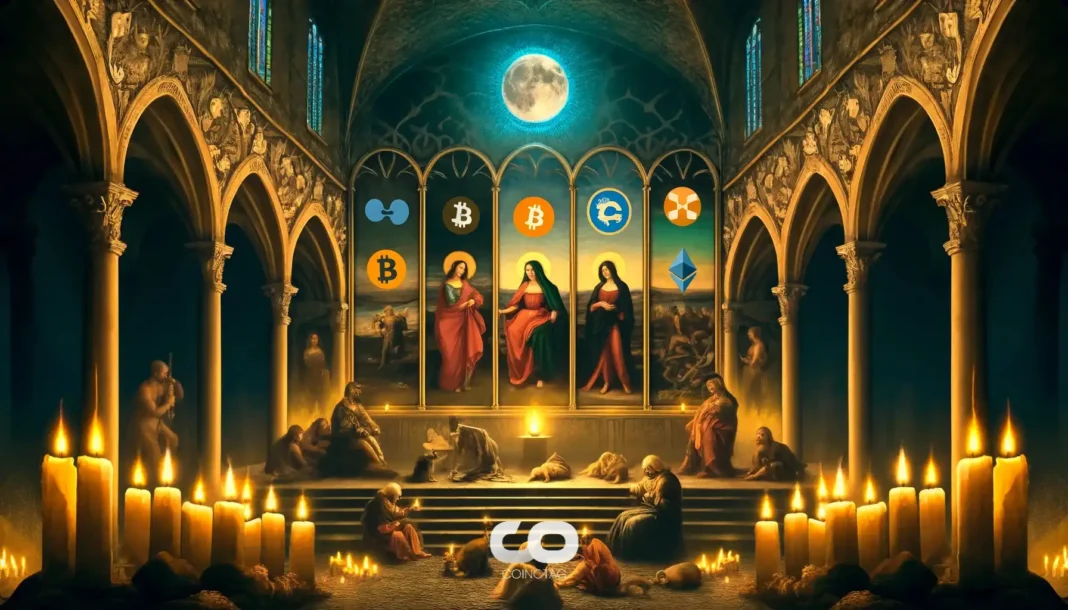-
As the race against quantum computing accelerates, Bitcoin developers are proactively addressing the potential threat to the cryptocurrency’s security.
-
In light of the advancements in quantum technology, a new proposal aims to safeguard Bitcoin, ensuring its resilience against future quantum COINOTAGion attacks.
-
Agustin Cruz, the architect behind the Quantum-Resistant Address Migration Protocol (QRAMP), emphasizes the importance of proactive measures to mitigate systemic risk.
Explore how Bitcoin’s QRAMP seeks to future-proof the cryptocurrency against emerging quantum computing threats, safeguarding the integrity of digital assets.
The Urgent Need for Quantum Resistance in Bitcoin
The looming threat of quantum computing has ignited a crucial discussion within the Bitcoin community regarding cryptographic security. As quantum computers continue to evolve, Bitcoin developers are engaged in a race to fortify the network against this unprecedented risk. Agustin Cruz’s proposal of the Quantum-Resistant Address Migration Protocol (QRAMP) is a significant step toward preserving the integrity of Bitcoin by mandating a shift to quantum-resistant addresses. This migration process is not just timely; it is essential for securing the future of the world’s largest cryptocurrency.
Understanding QRAMP: A Proactive Approach
The QRAMP initiative introduces a robust system that will transition users from legacy addresses secured by the Elliptic Curve Digital Signature Algorithm (ECDSA) to new quantum-resistant formats. Currently, Bitcoin’s reliance on ECDSA puts it at risk; quantum computers could COINOTAG these signatures, rendering future transactions vulnerable. Cruz’s design effectively obscures public keys until the moment a transaction occurs, thus minimizing the window of vulnerability. This means that even if a quantum attacker were to intercept the monetary flow, they would miss the key necessary to access the funds before it becomes visible during the transaction process.
Implementation Challenges and Community Engagement
While the technical aspects of implementing QRAMP are critical, the proposal’s success significantly depends on community acceptance and participation. Cruz highlights that the social dynamics surrounding such a transition pose a formidable challenge. “Overcoming resistance to QRAMP primarily requires transparent communication about potential risks,” he explains. Aspects such as potential funds loss, network splits, and user adaptation to new technology will need to be extensively addressed to foster community buy-in.
Risk Management: Preparing for Quantum Threats
The crux of Cruz’s argument rests on effective risk management. While experts currently estimate that classical supercomputers would take eons to breach Bitcoin’s encryption, quantum computing presents a stark contrast, with the capability to execute the same attacks within mere hours. Cruz argues, “The severity of the consequences of a quantum attack on Bitcoin’s integrity justifies the need for pre-emptive measures. The community must act before facing significant threats.
Broader Implications for the Blockchain Ecosystem
Concerns over quantum threats extend beyond Bitcoin. This urgency has resonated within other blockchain ecosystems as well, prompting discussions around proactive measures to safeguard digital currencies. Ethereum co-founder Vitalik Buterin has advocated for a hard fork to bolster Ethereum’s defenses against similar threats. “The implications of inaction could be dire,” Buterin noted, suggesting that a proactive pivot within the community is not just optimal but necessary.
Quantum Resistance Initiatives in Other Cryptocurrencies
In parallel to Bitcoin’s QRAMP initiative, other blockchain networks are also taking steps to fortify their protocols. For instance, Solana’s Winternitz Vault was launched as an optional measure designed to enhance quantum resistance. This innovative vault creates numerous private keys and hashes them multiple times, significantly complicating unauthorized access and potential compromises.
Conclusion: A Secure Future for Bitcoin
The conversations surrounding quantum computing and its potential implications on Bitcoin are unfolding at a pivotal moment for the cryptocurrency. With Cruz’s QRAMP proposal, there is a clear pathway to solidifying Bitcoin’s security for future generations. By embracing proactive solutions and fostering open dialogue within the community, Bitcoin can maintain its status as a leading digital asset while ensuring its resilience against the evolving landscape of quantum technology. As Cruz aptly puts it, the goal is to start the conversation now to secure Bitcoin for decades to come.







